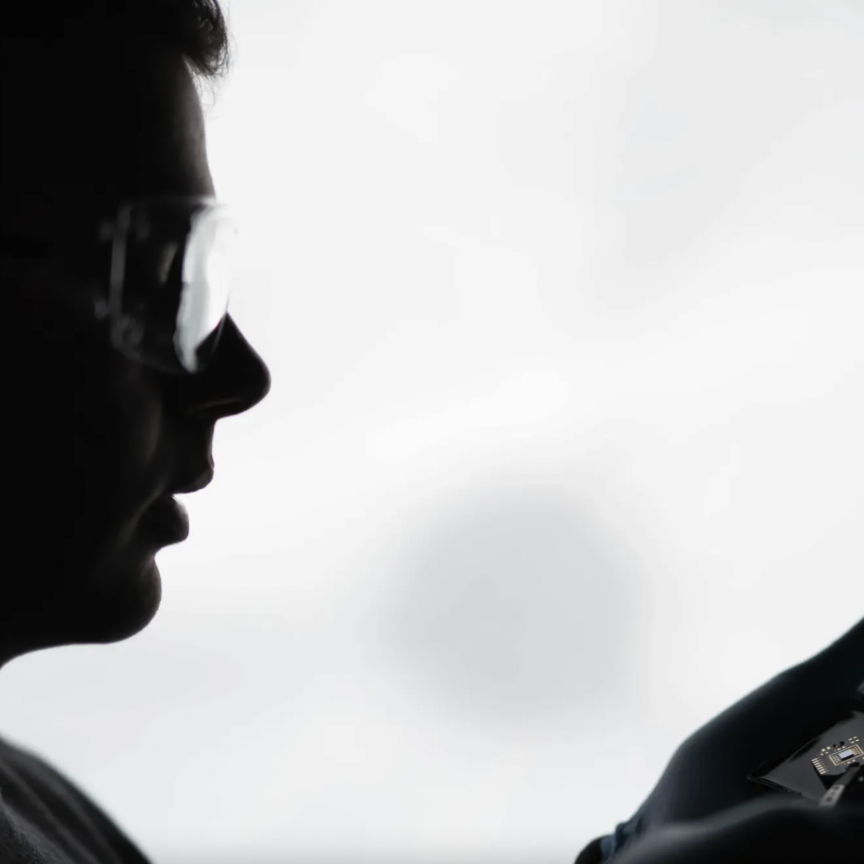Researchers from the University of St Andrews have developed a low-cost laser wavemeter that surpasses the resolution of all commercially-available instruments. Working with UK company M Squared Lasers, the scientists used the principle of random scattering of light to develop the wavemeter, which, thanks to its low cost and high resolution, could 'revolutionise' the use of wavemeters in quantum technologies and healthcare.
Wavemeters are used in many areas of science to identify the wavelength of light. Waves, whether they are water waves or light waves, interact via interference: sometimes, two waves reach a peak at the same time and place and the result is a higher wave, but it is also possible that a peak of one wave meets the trough of another, resulting in a smaller wave. The combination of these effects produces an interference pattern.
Conventional instruments analyse changes in the interference pattern produced by delicate assemblies of high-precision optical components. The cheapest instruments cost hundreds or thousands of pounds, and most in everyday research use cost tens of thousands.
In contrast, the team realised a robust and low-cost device capable of measuring changes one millionth of the size of an atom. They did this by shining laser light inside a five-centimetre diameter sphere, which had been painted white, and recording images of the light which escapes through a small hole. The pattern formed by the light is incredibly sensitive to the wavelength of the laser.
'If you take a laser pointer, and shine it through Sellotape or on a rough surface like a painted wall, on closer inspection of the illuminated surface you’ll see that the spot itself looks grainy or speckled, with bright and dark patches. This so-called ‘speckle pattern’ is a result of interference between the various parts of the beam which are reflected differently by the rough surface,' explained Dr Graham Bruce from the School of Physical and Astronomy.

'This speckle pattern might seem of little use but in fact the pattern is rich in information about the illuminating laser. The pattern produced by the laser through any such scattering medium is in fact very sensitive to a change in the laser’s parameters and this is what we’ve made use of.'
The breakthrough, which has been published in Nature Communications, opens a new route for ultra-high precision measurement of laser wavelength, realising a precision of close to one part in three billion, which is around 10 to 100 times better than current commercial devices.
This precision allowed the team to measure tiny changes in wavelength below one femtometre: equivalent to just one millionth of the diameter of a single atom. They also showed that this sensitive measurement could be used to actively stabilise the wavelength of the laser.
In future, the team hope to demonstrate the use of such approaches for quantum technology applications in space and on Earth, as well as to measure light scattering for biomedical studies in a new, inexpensive way.
'This is an exciting team effort for what we believe is a major breakthrough in the field. It is a testament to strong UK industry–university co-operation and links to future commercial opportunities with quantum technologies and those in healthcare,' commented Professor Kishan Dholakia from the School of Physical and Astronomy.

